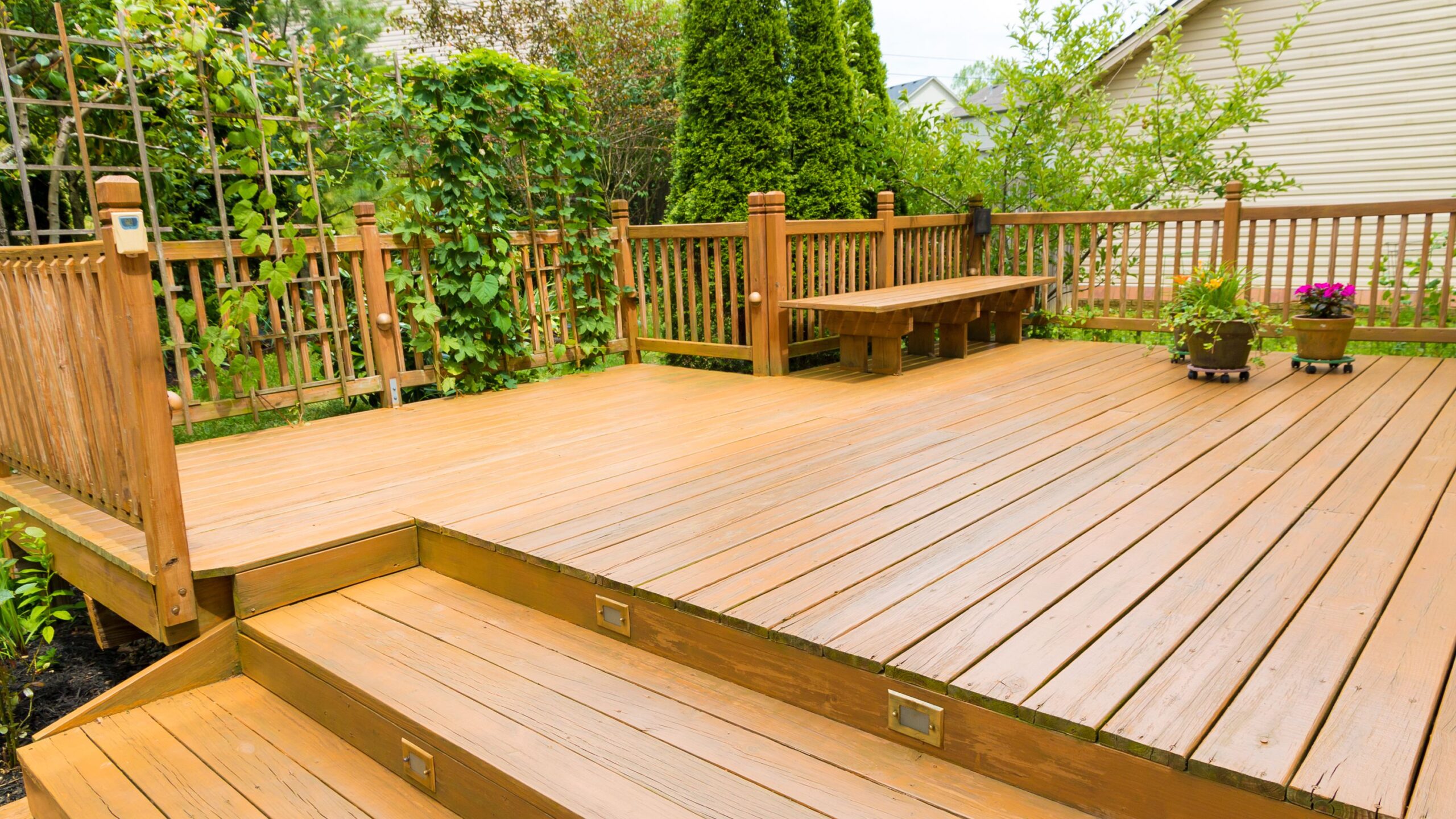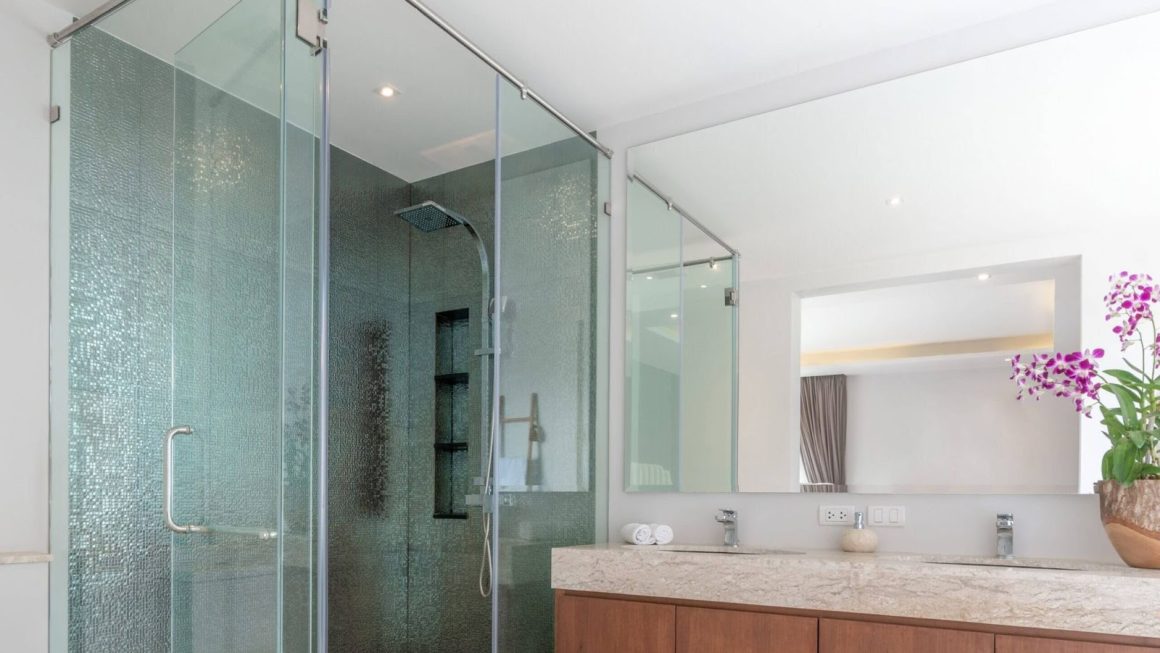Since their introduction to the market, composite materials have gone a long way. They weren’t as adaptable, sturdy, or visually beautiful back then as they are now. Composite decking-making processes now use strategies with Brite Decking to enhance composites even further. What are these procedures, and how do they impact composites’ overall quality?
Composite Decking Materials Manufacturing
Composite decking materials may be made in a variety of methods. Molding is the most widely used process. There are two types of molding composites: open and closed molding.
Extruding thermoplastic resin into wood fibers and placing them in an open mold is the process of open molding. The method is less expensive and better suited to low-volume manufacturing. Closed molding, on the other hand, employs two-sided, sealed molds. Closed molding is superior in terms of uniformity, accuracy, and waste output. It is, nevertheless, more costly than open molding.
Different sub-categories exist for both open and closed molding. Each method has its own set of benefits and drawbacks. Hand layup and filament winding are two of the most regularly utilized procedures for open molding. Pultrusion, vacuum infusion, and compression molding are the most common closed molding techniques.
Capping for Composite Decking
Composite decking materials are ready for building projects once they have been molded and fabricated. However, there are a few issues with employing them. Wet conditions, thermal expansion, and other difficulties are more common in older composite generations.
Many producers opted to put an extra layer of protection around wood-plastic composites to improve their quality. As a result, the majority of composites on the market today contain capping. Thermoplastics, such as HDPE and PVC, are bonded to the composites as an exterior protective layer. The slip, moisture, and fade resistance of the boards are also affected by the capping substance.
Moisture Resistance Enhancement
Composite materials, contrary to popular belief, nevertheless absorb moisture. While not on par with the absorption rate of wood, it can still cause issues. As a result, numerous manufacturers sought strategies to avoid and decrease moisture by increasing the density of the board.
To make a denser, more water-resistant composite material, several composite makers employed different fillers, cellulose fibers, and additives. Antioxidants have also been identified as a possible application by several businesses. Antioxidants can slow down the rate at which synthetic materials degrade over time. As a result, the loss of density in plastic and composite decking materials is slowed.
Better Long-Term Sustainability
The ever-increasing need for wood has given rise to composite materials. Despite the fact that wood is a natural and harmless resource, the increased demand for timber supplies can be harmful to the environment. Overharvesting trees leads to deforestation as more people demand timber.
Composites used in the past were not as long-lasting as those utilized now. However, many businesses are now looking for greener composite production methods to benefit the environment. Many manufacturers, for example, provide composite decking boards made from recycled plastic bottles and bags that would otherwise wind up in landfills. Many people also recycle industrial wood waste from wood processing industries, such as wood chips and wood flour.
Conclusion:- To summarise, today’s composite decking materials are improved through a variety of methods and approaches. Many businesses, manufacturers, and suppliers benefit from these developments. In the future, we may anticipate additional developments in composite materials.



